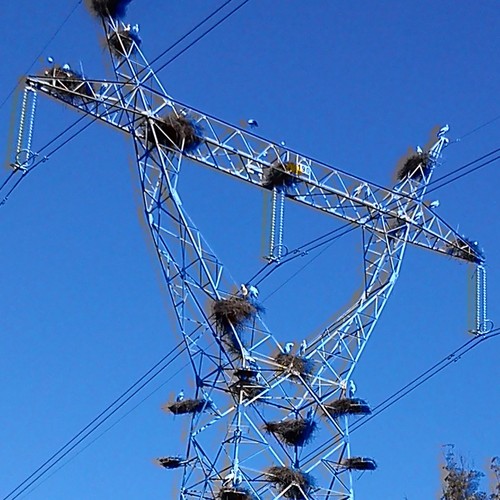
The Chinese government has begun a push to drive down the cost of energy for 5G basestations.
The National Development and Reform Commission (NDRC) has signaled tighter price controls and further market reforms of the energy industry to curb the spiraling power cost for 5G basestations.
It also calls for basestations to be supplied directly from the grid, rather than operators sourcing electricity through the cellsite owner or landlord.
The proposals were issued last week in a 19-point work plan that ranged across the economy, aimed at stimulating domestic demand and barriers to growth.
The cost of 5G power has become a public talking point, with Finance Minister Lou Jiwei and a prominent scholar at the Chinese Academy of Engineering, Wu Hequan, both expressing public concerns in recent weeks.
It has even prompted some public controversy. When China Unicom's Luoyang branch was revealed to be putting its 5G basestations to sleep overnight in August, an outcry ensued as people thought this meant the network would be switched off.
There is some sign of a ramp-up in power cost in operator filings. In the first half of 2020, roughly the first six months of 5G service, China Mobile's utilities cost increased 13% year-on-year, to 23.7 billion yuan ($3.55 billion), while other operating costs rose just 10.1%.
However, it's not straightforward to calculate network power consumption.
ABI Research estimates 5G brings a two- to three-fold increase. A 5G cellsite in 3.5GHz deploying 4T4R (denoting the number of transmitters and receivers) might draw on average 14kW and up to 19kW under peak loads, compared with 6kW and 9kW respectively under LTE, it says. (See {doclink 755255.)
Want to know more about 5G? Check out our dedicated 5G content channel here on Light Reading.
At the other end of estimates is Yang Fengyi, deputy director of the China Telecom Technology Innovation Center, who believes 5G networks' total energy consumption will be more than nine times that of 4G.
Like the NDRC, Yang believes that reducing electricity prices is the most effective approach.
This has begun to happen at a provincial or city level, with provinces such as Shanxi, Shandong, Jiangsu and others introducing relief measures to reduce tariffs.
But as AI Finance & Economics website points out, the national plan to mandate lower electricity prices merely transfers some costs to the power utilities.
China already has some of the lowest power costs in the world – more than a third below the US for industrial companies, for example, meaning margins for the utility companies are already very thin.
Cai Yuemin, chief engineer of Datang Mobile, says the ultimate solution is in the network hardware, such as power amplifiers, and better power optimization in devices.
— Robert Clark, contributing editor, special to Light Reading
Read more about:
AsiaAbout the Author(s)
You May Also Like












